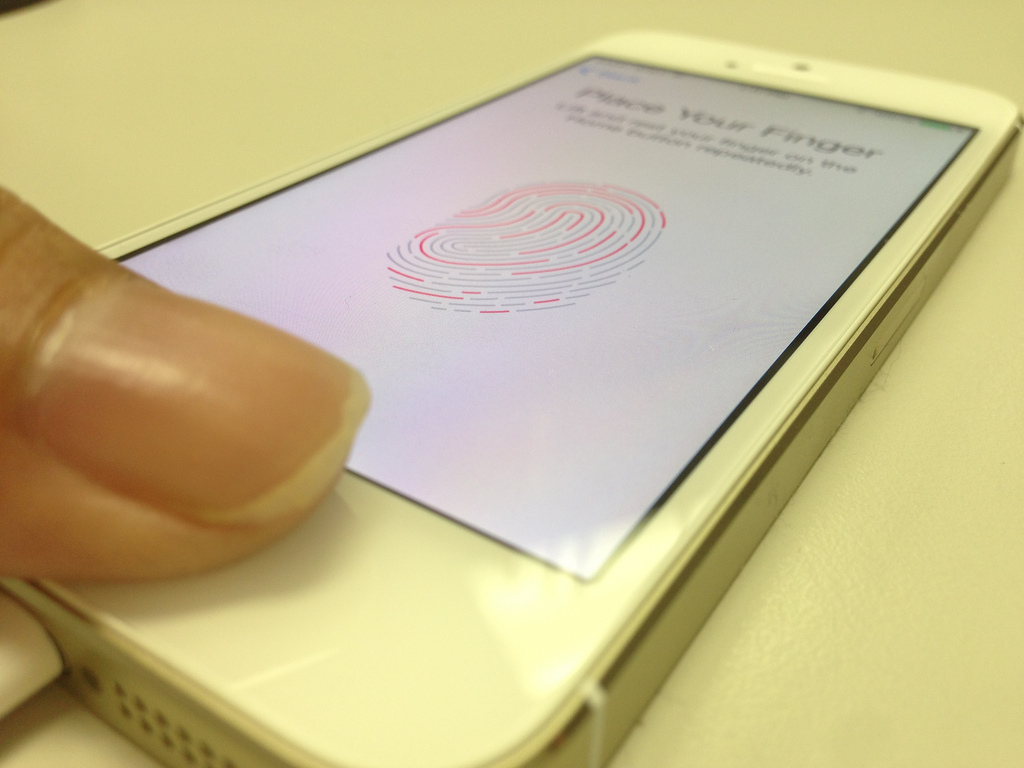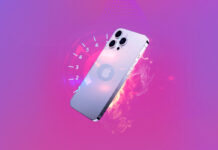
It must be difficult to be an Apple critic, painful even. The contortions required to come up with new and fanciful reasons why a company with 150 billion in the bank is doomed demand a level of factual flexibility that hurts the brain.
The first sign of doom was that the new iPhones were boring and no one would like them. Then the company sold nine million of them at launch.
Then the apocalypse was prophesied as a shortage of supply, leading to mass hysteria and cannibalism as those seeking gold iPhones would tear our civilization, and Apple with it, to the ground. Despite a few ridiculous eBay listings, civilization still stands.
The latest Apple reckoning comes in the form of prosthetic fingers. No not the Miley Cyrus kind, but the kind that can hack your new iPhone and steal all your highly classified secrets.
Now I know that the DIY revolution brought on by 3D printers and Pinterest has made these sorts of crafts more accessible than ever, but what exactly is easy about the hacking method being tossed around the tech blogosphere?
This easy method requires a perfect finger print left on a clean surface, a super high resolution camera, a special printer and liquid latex. Anyone calling this easy has clearly seen a few too many “Mission: Impossible” movies. Yes, Tom Cruise can make himself look like the Russian ambassador using a printer in his Prague safe house, but the artistic license provided to blockbuster movies doesn’t apply to a real-world scenario that also requires the person to actually have possession of your iPhone without your knowledge to prevent you from remote wiping it.
The level of delusion that is required to call this method “simple” just underscores how cut-off from the real world many in the tech world actually are these days. Yes you can replace the broken volume button on your rooted Droid with a 3D printer, congrats. However the steps from your basement DIY repairs to real world iPhone finger hacking are a lot further than you might think.
Of course none of this is really the point anyway. Security on a consumer mobile device such as an iPhone is meant to keep 99 percent of intrusions at bay. It’s security for the masses, not NSA-level encryption. Requiring Apple to consider the extreme edge cases that would turn an iPhone into this is a level of absurdity that only an Apple-hater looking for silver hate-linings could imagine.
If your mobile device contains nuclear launch codes, keys to the matrix or the latest celebrity sex tape, then no level of consumer-device security is going to be enough.
More the half of all iPhone users don’t even use a passcode, and TouchID is meant to help get consumers thinking in very basic terms about securing their devices, not requiring them to remember 128-bit encryption keys.
Not satisfied with scaring up visions of a finger-dismemberment epidemic, as if petty thieves and pickpockets would so easily rise to the level of aggravated assault to steal iPhones, the tech media is now convinced that this easy finger replicating technique renders TouchID useless and Apple a big fat liar.
A less hyperbolic, pageview-desperate person might argue that the level of sophistication and access required to implement this technique is not something the average person, simply trying to protect their address book and pics of their kids, should even be concerned with.
So while Apple haters practice their paper maché skills, the average iPhone user is presented with a device that is now more secure, yet easier to use, then ever before. Seems like a win.







